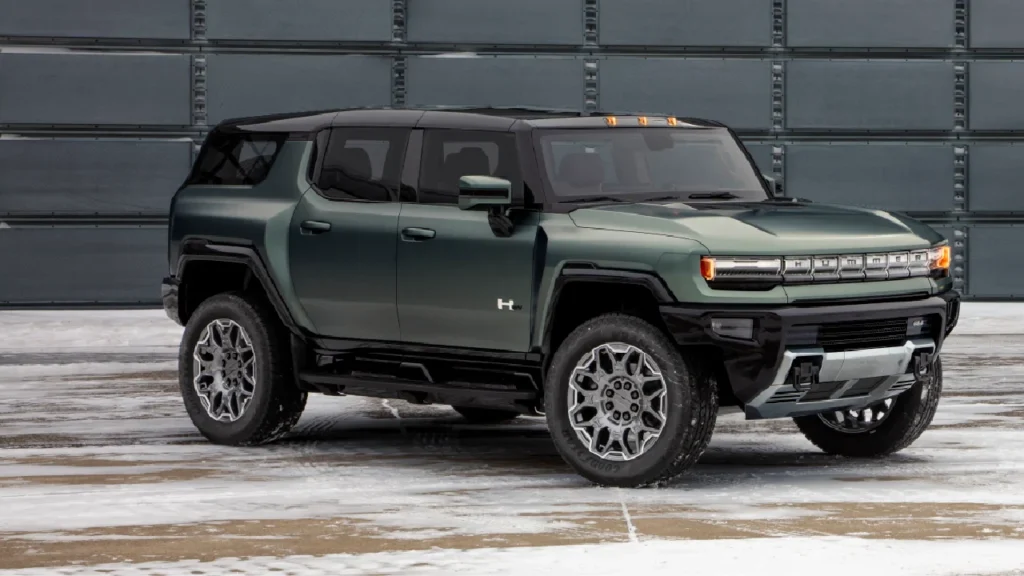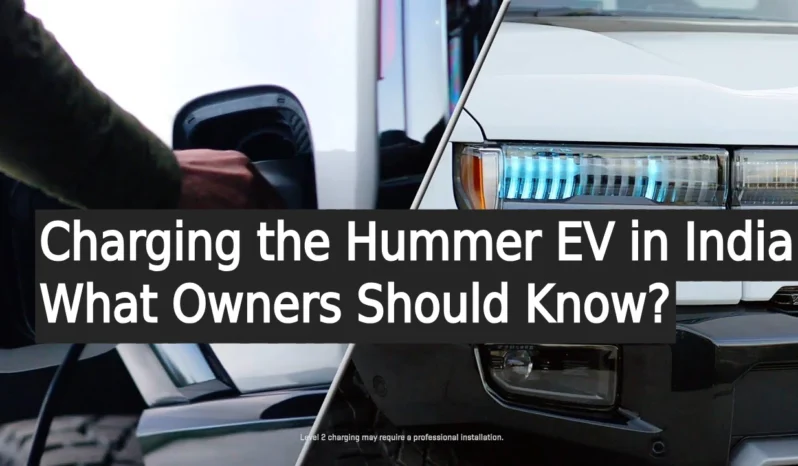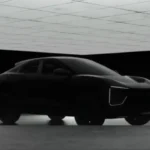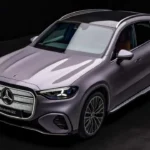The automotive world has been swept by the electric vehicle (EV) revolution, and while smaller, energy-efficient EVs tend to dominate discussions, there is another category of electric beasts: vehicles like the Hummer EV. The reborn Hummer EV, a gargantuan all-electric vehicle from GMC, symbolizes brute strength combined with sustainable energy. But the question that looms large is whether India, with its nascent EV infrastructure and complex power grid challenges, is prepared to handle such power-hungry vehicles. Let’s delve into the reality of owning and charging a Hummer EV in India, offering potential owners a comprehensive guide on what to expect.
The Charging Reality: High Demand in an Emerging EV Ecosystem
The Hummer EV is an undeniable statement on wheels. It’s massive, rugged, and powerful. With a battery capacity of over 200 kWh, the Hummer EV demands more energy than most electric vehicles, and its real-world range of around 350 miles (563 km) means owners will need to tap into India’s charging infrastructure regularly if they are to fully enjoy this electric beast. However, the charging landscape for EVs in India is still growing, and potential owners must be prepared for the realities of charging such a massive vehicle in this environment.

The Supercharging Problem: A Need for Fast-Charging Solutions
A Hummer EV owner in India will need to rely on high-output DC fast chargers, ideally capable of delivering 350 kW to charge the vehicle in an acceptable time. However, India’s charging infrastructure still primarily supports slower AC chargers, with only a small fraction of stations equipped for high-powered DC charging. Even Tesla’s much-discussed Supercharger network, which is slated for a limited rollout in India, doesn’t yet support the type of power the Hummer EV requires.
In practical terms, charging a Hummer EV at a public charging station with a 50 kW charger (common in India) could take more than 4 hours. Owners might have to carefully plan long trips or invest in home charging systems—installing a personal 22 kW charger, for instance, could bring the charging time down, but still, it’s a far cry from the convenience EV owners in the U.S. experience with 350 kW superchargers.
Home Charging: A Practical Necessity
For many potential Hummer EV owners, home charging will be the most practical solution. A home charging setup, while costly, provides convenience. A 22 kW AC home charger can recharge the Hummer overnight (10-12 hours), but there’s an even bigger challenge—power supply. The Hummer EV draws more electricity than an average Indian household consumes in an entire day. Owners will likely need to upgrade their residential power connections to support the vehicle’s power requirements.
There is also the matter of electricity rates. With India’s tiered electricity pricing system, running a Hummer EV could lead to significant increases in electricity bills. States like Maharashtra and Karnataka have introduced EV-specific tariffs, but they are still significantly higher for high-power vehicles like the Hummer. Owners need to factor this into their total cost of ownership.
India’s Power Grid: Can It Handle the Demand?
This brings us to the larger question: Can India’s power grid manage vehicles like the Hummer EV? The country’s power grid, though improving, faces persistent challenges like high transmission losses, load-shedding in rural areas, and the need for large-scale infrastructure upgrades to support growing urbanization and electric demand. The introduction of power-hungry vehicles like the Hummer EV places additional strain on an already delicate system.
Experts argue that widespread adoption of such vehicles in India could drive energy consumption disproportionately unless there is a corresponding increase in renewable energy sources. India’s solar and wind energy sectors have seen exponential growth, but the integration of renewable energy into the grid remains uneven, and the grid’s capacity to handle large spikes in demand, such as multiple Hummer EVs charging simultaneously, remains questionable.
That said, India is actively working on smart grid solutions, and if managed properly, the demand from EVs could be spread out more efficiently, reducing strain. In the future, technologies like vehicle-to-grid (V2G) could even allow EVs to return unused energy to the grid, helping balance demand. But this technology is still in its infancy in India.
Charging Networks in Key Cities: The Way Forward
If you’re a potential Hummer EV owner living in a major metro like Delhi, Mumbai, or Bengaluru, you’re in luck. These cities are at the forefront of India’s EV revolution, and several high-capacity charging stations are already operational. Companies like Tata Power, Fortum, and EESL are aggressively expanding their EV charging networks. In Delhi, for instance, stations at key locations like Connaught Place and Khan Market offer relatively faster charging solutions.
But for those living in Tier 2 or Tier 3 cities, the situation is less promising. Charging stations are sparse, and even when available, they may not offer the high-powered solutions that a vehicle like the Hummer demands. Long-distance trips will require careful planning, with the possibility of using multiple, slower chargers en route.
Final Thoughts: Is It Worth It?
For those who love the Hummer’s bold styling and want to be part of India’s EV transition, owning the Hummer EV is possible, but it comes with challenges. The current infrastructure is still developing, and home charging will likely be the primary solution for most owners. Additionally, India’s power grid is evolving but may struggle to accommodate large numbers of high-demand EVs without significant upgrades.
That said, the arrival of power-hungry vehicles like the Hummer EV could serve as a catalyst for faster development of India’s EV infrastructure. In the meantime, potential owners should be prepared to face longer charging times, higher electricity bills, and the occasional logistical headache. For those willing to accept these trade-offs, owning a Hummer EV in India is not just about driving a statement vehicle—it’s about navigating the next frontier of electric mobility.
Ultimately, the Hummer EV in India is not just a test of automotive enthusiasm; it’s a litmus test for India’s EV future.
The Hummer EV presents unique charging challenges in India due to the limited infrastructure for high-powered vehicles. Home charging is a practical option, but it requires significant power upgrades and may lead to higher electricity bills. India’s power grid also faces challenges in handling the demand from power-hungry vehicles like the Hummer EV.ELCTRIK Speaks






